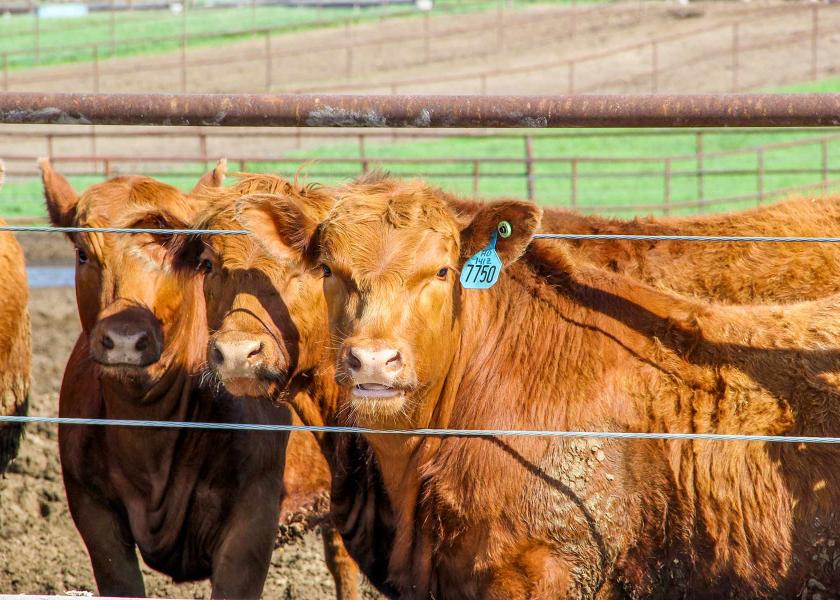Cash Cattle Stuck at Steady, COF Down 1%

Negotiated cash cattle prices remain in a weeks-long rut even as numbers decline modestly.
Packers made large purchases on Wednesday and cattle in the South traded steady at $124. Northern cattle traded at $125 with a few topping at $127. Dressed sales were at $196. All prices were steady with the previous week. The signals to feeders are clear, supplies are ample compared to slaughter capacity and will likely remain that way through the end of the year.
USDA’s October cattle on feed report saw the first decline compared to year-ago numbers since June of 2020. The on feed total was 11.6 million on Oct. 1, down 1% from the same month a year ago, yet was still the second highest on feed inventory since the data series began in 1996.
The inventory included 7.07 million steers and steer calves, down 3 percent from the previous year. This group accounted for 61 percent of the total inventory. Heifers and heifer calves accounted for 4.49 million head, up 2 percent from 2020.
Placements during September totaled 2.16 million head, 3% lower than 2020. Net placements were 2.11 million head. Marketings of fed cattle during September totaled 1.79 million head, 3 percent below 2020.
During September, placements of cattle and calves weighing less than 600 pounds were 435,000 head, 600-699 pounds were 360,000 head, 700-799 pounds were 495,000 head, 800-899 pounds were 98,000 head, 900-999 pounds were 275,000 head, and 1,000 pounds and greater were 100,000 head.







